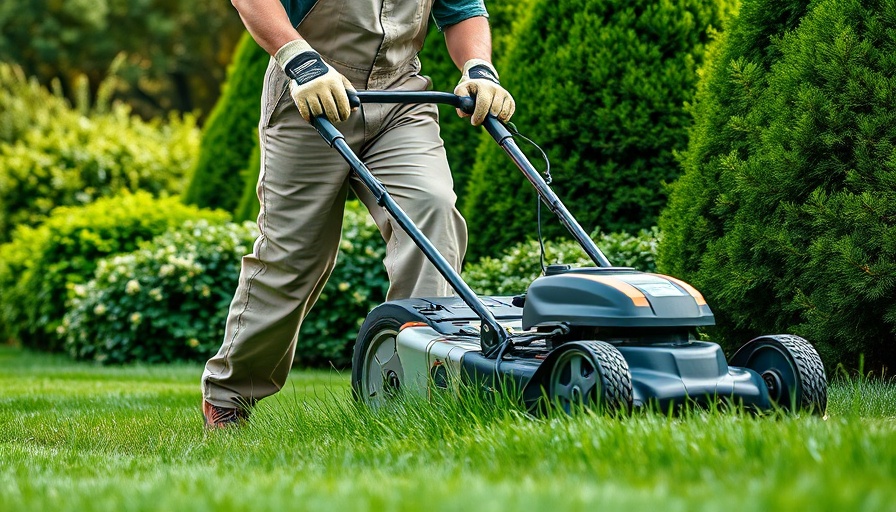
The Underrepresentation of Women in Sports Field Management
Despite the increasing role of women across various sectors, the sports field management industry remains significantly male-dominated. With women comprising only 4 percent of the workforce, the field presents a stark contrast to the growing emphasis on gender diversity in other professions. This gap raises important questions about access, visibility, and opportunity for women in what is still considered a physically demanding and rugged profession.
Breaking into a Male-Dominated Field
Sun Roesslein, stadium manager at the North Area Athletic Complex for Jeffco Schools Athletics, is a prime example of successfully navigating this landscape. Initially pursuing a career as a college softball coach, Roesslein unexpectedly discovered her passion for sports field management while working for a minor league baseball team's grounds crew. "I fell in love with the work," she recounts, emphasizing not only the connection to athletics but also the impact she can have in providing safe, high-quality playing surfaces.
Building Networks and Communities
One of the pivotal changes in Roesslein's career was her commitment to building a network of women in the industry. Throughout her 20-year career, she encountered systemic stereotypes questioning her capabilities. However, through forming supportive communities, Roesslein found her strength in shared experiences and mentorship. This solidarity can help women confront the often unspoken biases that persist within traditionally male-dominated fields.
Shattering Stereotypes
The misconception that women are unsuited for physically demanding roles is a significant hurdle. Roesslein emphasizes that such assumptions are outdated and do not reflect the reality of women's capabilities and aspirations in sports field management. “That mindset is frustrating to those of us who are driven to learn,” she asserts. Moreover, many women have proven that effective problem-solving and innovation often rely on intellect and creativity, rather than mere physical strength.
The Importance of Comprehensive Training
Training and professional development are paramount in empowering women in sports field management. Roesslein advocates for training in all facets of field management, including the operation of heavy machinery such as forklifts. This comprehensive approach not only equips women with the necessary skills but also challenges the stereotype that they should limit themselves to traditional roles like planting flowers or administrative tasks.
Future Opportunities and Focus Areas
As the conversation around gender representation continues to evolve, the sports field management sector must prioritize inclusivity. Encouraging more women to engage in training programs and pursuing roles typically dominated by men may lead to transformative changes in workplace culture. Companies can benefit by diversifying their workforce, which often leads to innovative solutions and improved performance.
Encouraging More Women in the Field
The underrepresentation of women in sports field management highlights a crucial need for institutional support and mentorship. Organizations that actively promote female participation through initiatives and training programs will not only reverse the current statistics but will also help foster a more diverse and effective workforce. By following the example set by Roesslein and others like her, the industry can redefine its narrative and pave the way for a new generation of women leaders.
 Add Row
Add Row  Add
Add 






Write A Comment